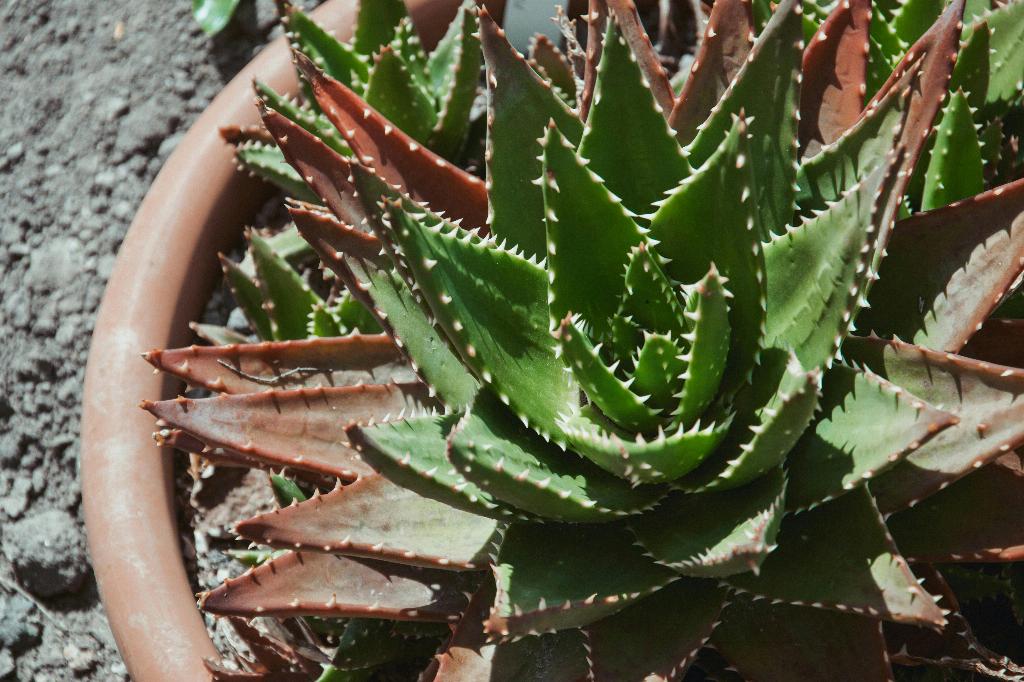Watering your cactus may seem like a straightforward task, but it’s crucial to understand the specific water requirements of these unique desert plants. Cacti have adapted to survive in arid environments with minimal water, so overwatering can actually harm them. So, how much water does a cactus need to thrive?
Understanding Cactus Watering Needs
One important rule to keep in mind when watering cacti is to ensure that the soil is completely dry between waterings. Cacti are designed to store water in their tissues, allowing them to survive in dry conditions for extended periods. Before reaching for the watering can, check the soil moisture to prevent overwatering.
Measuring Water for Your Cactus
If you’re unsure about how much water to give your cactus, a useful tip is to measure the amount of water you use during each watering session. This method helps prevent accidentally drowning your cacti with excess water, which can lead to root rot and other issues.
Recommended Watering Amount
On average, providing your cactus with approximately 1/4 to 1/2 cup of water every one to two weeks is sufficient for its growth and well-being. However, the watering frequency may vary depending on factors such as the type of cactus, season, and local climate conditions.
Adjusting Watering Based on Season
During the growing season, typically in spring and summer, cacti may require more frequent watering due to increased growth and metabolic activity. Conversely, in fall and winter, when cacti enter a dormant phase, reduce the watering frequency to mimic their natural environment.
Factors Influencing Watering Frequency
Several factors can affect how often you should water your cactus, including the pot size, soil composition, humidity levels, and the cactus species itself. Monitoring these variables and observing your cactus’s response to watering can help you determine the ideal watering schedule.
Signs of Overwatering
Overwatering can be detrimental to cacti, leading to root rot and other moisture-related issues. Watch out for signs such as yellowing or wilting of the plant, mushy stems, and a foul odor emanating from the soil, indicating that the cactus is receiving too much water.
Signs of UnderwateringOn the other hand, underwatering can cause symptoms like shriveled or wrinkled skin, dry and brittle stems, and a generally dehydrated appearance. If you notice these signs, increase the frequency of watering, ensuring that the soil is adequately moistened.
Best Watering Practices
To ensure the optimal health of your cactus, follow best watering practices such as using a well-draining soil mixture, watering at the base of the plant to avoid wetting the stems, and allowing excess water to drain freely from the pot. These practices promote good root health and prevent waterlogged conditions.
Monitoring Cactus Watering Needs
Regularly monitor your cactus’s water requirements by observing its growth, appearance, and response to watering. Adjust the watering schedule as needed and remember that it’s better to underwater than overwater your cactus, as these hardy plants can tolerate drought-like conditions more effectively.
Conclusion
In conclusion, understanding how much water a cactus needs is crucial for its growth and overall well-being. By following the recommended watering amounts, adjusting based on seasonal changes, and observing your cactus’s response, you can help your desert plant thrive in its arid environment. Remember, when it comes to watering cacti, less is often more.

